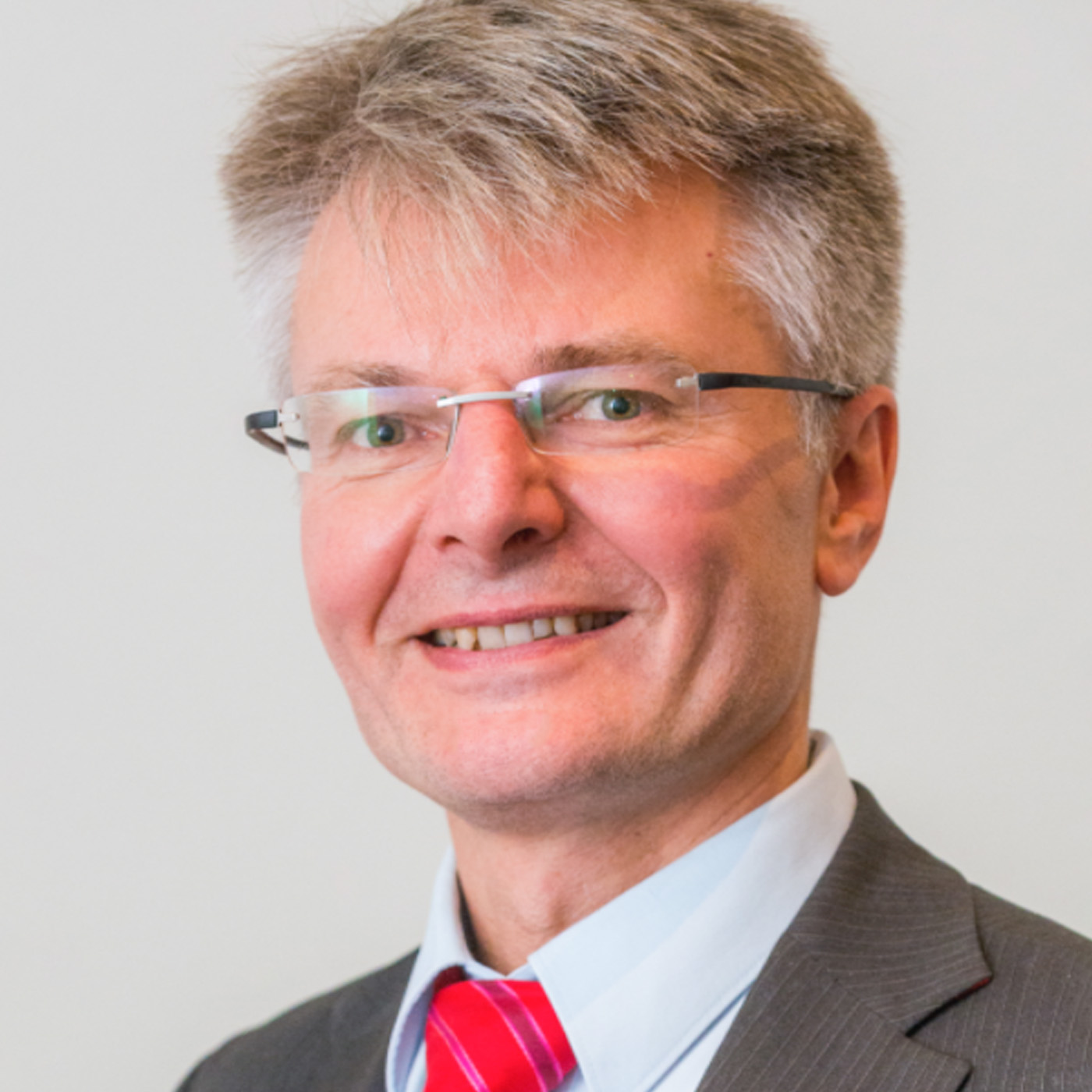As part of a Europe-wide tender, PTA GmbH was commissioned in September 2004 to develop the new application on the basis of these specifications. The new requirements in connection with the EEG amendment made it necessary to provide certain functionalities as early as October 2004. Further modules had to be provided in stages in November, December and January. The modular structure and the need for step-by-step implementation of the individual modules, some of which were very extensive, in quick succession placed the highest demands on the project organization, quality management and release management. However, thanks to the close and trusting cooperation between the employees of EnBW Transportnetze AG and PTA GmbH and the targeted reinforcement of the PTA project team, a smooth and timely introduction of all modules was guaranteed.
PTA / Success Stories / EnBW
Development of an application for the implementation of the Renewable Energy Sources Act (EEG)
Company portrait
EnBW Transportnetze AG – Neutral authority within the electricity market
EnBW Energie Baden-Württemberg AG, headquartered in Karlsruhe, is Germany’s third-largest energy company with around five million customers. EnBW’s core activities focus on the electricity, gas and energy and environmental services business segments. EnBW Transportnetze AG operates the transmission grid as one of EnBW’s core companies. In cooperation with other national and European transmission system operators, EnBW Transportnetze AG creates the basis for competition in Germany and Europe by making its extra-high voltage grid available to all market participants for the transportation of electricity on transparent and non-discriminatory terms. Within the EnBW control area Baden-Württemberg and Vorarlberg, EnBW Transportnetze AG is responsible for the constant balance between electricity consumption and electricity generation. The control area is managed in one of the most modern main switching lines in Europe at the Wendlingen site. Here, the network is monitored around the clock with the help of powerful process computer systems. In addition to grid management, the grid industry establishes the principles for the commercial use of the 380/220 kV transmission grid (extra-high voltage grid) on the basis of the applicable national and international regulations. In addition, extensive tasks arise from the Renewable Energy Sources Act (EEG) and the Act for the Maintenance, Modernization and Expansion of Combined Heat and Power Generation (KWK-Gmod).

Background: The EEG
- The priority connection of systems for electricity generation from renewable energies to the grids for general electricity supply.
- The priority purchase, transmission and remuneration of the electricity generated by these systems by the respective grid operators.
- The nationwide equalization of purchased and remunerated electricity.
- The amount of remuneration for the electricity received as a priority. The remuneration depends on the energy source, the type and location of the system and the time of commissioning.
The task
After the EEG came into force in April 2000, the tasks that arose for EnBW Transportnetze AG were quickly and successfully solved with the help of an MS Access application and MS Excel. However, the constantly growing share of renewable energies in the electricity supply, the associated increase in data volume, legal changes and the associated adjustments to organizational processes made it increasingly difficult and impossible in the long term to implement the tasks with the existing tools. Under the given circumstances, the development of a new, comprehensive and future-proof application based on modern and reliable technology was preferable to adapting the existing solution. The requirements for the new application to implement the EEG were thoroughly analyzed and described in detail in a specification sheet. In particular, the analysis should also take into account the new requirements in connection with the planned amendment to the EEG. Adjustments to the specifications were therefore necessary until immediately before the amendment came into force in August 2004.
Project ID: 1495
Development of an EEG billing system
Project ID: 1635
Migration of an EEG billing system to SAP Netweaver WAS
Project ID: 2106
Development of an EEG Internet portal

The solution
Due to the technical expertise available at PTA GmbH and the existing detailed specifications, only a few detailed questions remained to be clarified with regard to the technical requirements. When selecting the technology and the technical design of the application, PTA GmbH worked out and implemented a concept in coordination with EnBW that is closely aligned with EnBW’s development guidelines and takes full account of the specific technical requirements. In concrete terms, this means a distributed application (multi-tier architecture) using J2EE technology. The client is implemented as a “rich client” based on Java Swing. It therefore offers a wide range of options that are controlled directly by the presentation layer on the client. The JDesktop framework developed by PTA GmbH is used to ensure processing according to the ModelView Controller (MVC) pattern. The business logic is completely mapped on the application server. Session beans control the process. Communication with the database is realized via JDBC and is controlled by the persistence layer on the application server. SAP Web Application Server 6.40 is used as the application server and Oracle 9i is used as the database management system. The client is installed on a Citrix Metaframe server. In order to ensure the smooth introduction of the modules within the tight schedule prescribed by law, the logical layers described above (presentation, business logic and persistence) were initially not physically separated. In the first implementation step, all 3 layers were installed on the client, which thus became a “fat client”. This meant that the application server could initially be dispensed with. Communication with the database took place directly between the client and the database server, whereby the client was also installed on a Citrix Metaframe server. After the complete implementation of all modules, the entire application was then transferred to the desired architecture in the second implementation step without risk and without the deadline pressure imposed by the legal regulations. The presentation layer could remain unchanged on the client. Only the interfaces to the application server (business delegate classes) had to be adapted. The persistence layer and the business logic were completely transferred to the application server. Session beans were implemented to control the processes on the server and specific data access objects (DAOs) were set up for data access. This second implementation step did not result in any changes to the user interface or the range of functions, so that ongoing operations were not impaired at any time.
Customer testimonial
“The application realized by PTA GmbH is a significant support for us in the daily operational implementation of the EEG with our market partners. There are several aspects of the cooperation with PTA GmbH that stand out:
- In-depth specialist knowledge, which was successively expanded during the collaboration to include specific energy industry know-how.
- High flexibility to meet the ambitious milestone schedule, both in terms of personnel deployment and the successive programming of the individual modules.
- Intensive support throughout the entire course of the project, which was made possible in particular by the proximity of the PTA office and proved to be optimal for this project due to the complexity of the topic and the changes in the scope of services resulting from legal and association-related changes during the project.
- Convincing philosophy in the cooperation with the customer: long-term cooperation, which is translated into reality with the consistent transfer of know-how to the personnel required for application support and maintenance after project completion and with further on-site support.”
Have we sparked your interest?

Contact
PTA GmbH Head Office
Weberstraße 2-4
D-68165 Mannheim
Service
Industries
© Copyright 2024 PTA GmbH | All rights reserved | Imprint | Privacy | Legal notice | Values & Code of Conduct
